The ocean, as the most vast and mysterious ecosystem on earth, breeds a rich variety of life forms. Organisms living in the ocean or saltwater areas of coastal estuaries are collectively called marine organisms. They not only support the global ecological balance, but also make great contributions to the living environment of mankind by producing oxygen and fixing carbon. From the vertebrates that originally lived in water to the seals, dolphins and whales that evolved into amphibians and mammals and returned to the ocean, the evolution of marine organisms shows the infinite possibilities of life.
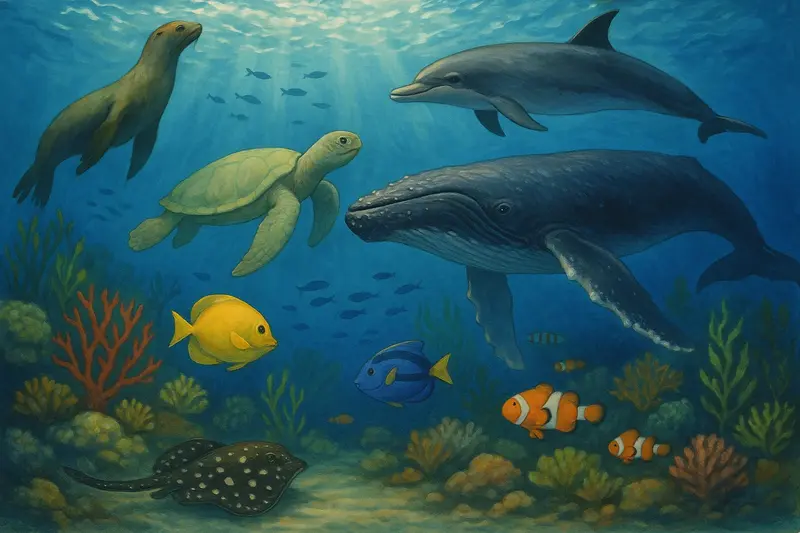
In this vast blue world, countless organisms have evolved unique survival skills through adaptation - mollusks breathe with siphons, fish rely on gills for gas exchange, and marine mammals need to surface regularly for air. Although there are more than 200,000 known marine organisms, scientists believe that there are more than 2 million mysterious life forms yet to be discovered. Their sizes range from invisible phytoplankton to huge blue whales, forming a complex and exquisite marine ecological chain.
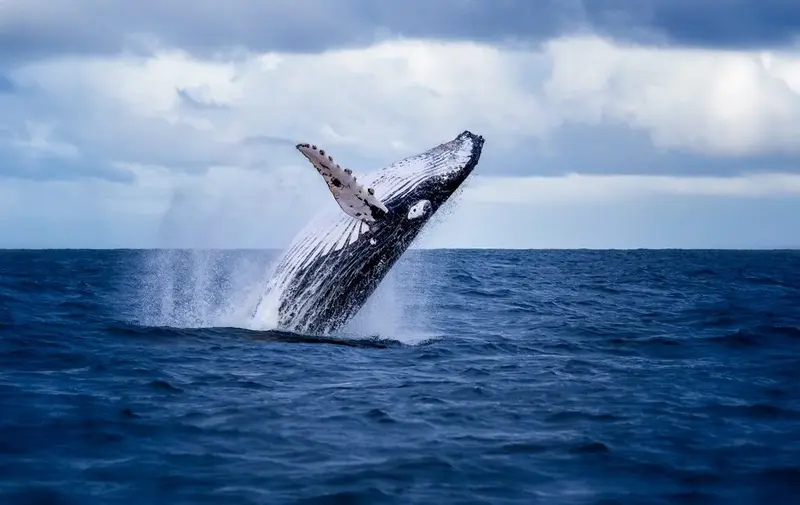
While humans are talking about intelligent animals on land, such as chimpanzees, people can't help but wonder: Are there "smart brains" hidden in the ocean? This article will reveal the top ten smartest animals in the ocean world and see how they show amazing wisdom and behavior.
dolphins.html">Dolphins have typical morphological characteristics of toothed whales, spindle-shaped bodies; single crescent-shaped blowholes; overlapping skulls, with the maxilla extending backwards and overlapping the frontal bones; asymmetric left cranial tops; conical or nail-shaped teeth, etc. Dolphins are very smart because they have a well-developed brain with many sulci and convolutions. The more sulci and convolutions there are, the more developed their intelligence is. The average brain weight of an adult dolphin is 1.6 kg, the average brain weight of a human is about 1.5 kg, and the average brain weight of an orangutan is less than 0.25 kg. In terms of absolute weight, dolphins are ranked first, but in terms of the ratio of brain weight to body weight, the human brain accounts for 2.1% of body weight, dolphins 1.17%, and orangutans only 0.7%.
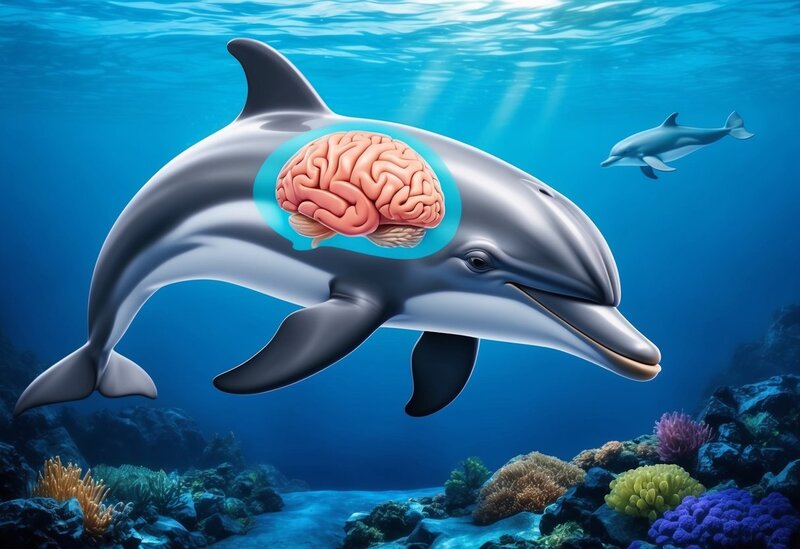
Octopus is the general name for 252 species of marine mollusks in 26 genera of the family Octopus. The body is oval or oval, with strong muscles, a narrow opening of the mantle cavity, and generally no water holes on the body surface. In order to avoid being hunted by "predators", octopuses not only use the well-known mimicry and camouflage techniques and the "arm sacrificing" self-preservation techniques, but American scientists have also discovered "highly intelligent" octopuses in the Indian Ocean that can "walk" on two legs to escape. Octopuses can use human lobster traps to catch lobsters, and even steal bait to make their own traps. Octopuses in aquariums will escape from their own tanks, eat fish in other tanks, and then sneak back before being discovered.
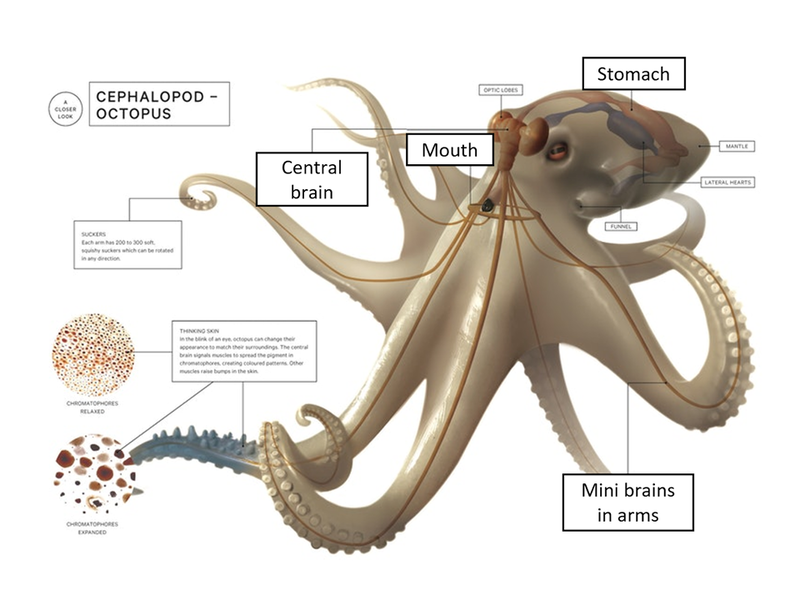
Killer whale is a large toothed whale, 8-10 meters long, weighing about 9 tons, with a slightly round head and an inconspicuous beak; the dorsal fin is high and upright, curved up to 1 meter; the body is black and white. Killer whales are highly social animals, and some groups of families are the most stable families in the animal kingdom. Some of the killer whales' complex social behaviors, hunting techniques, and vocal communication are considered to be evidence that killer whales have their own culture. Killer whales are the "language masters" among whales. They can make 62 different sounds, and these sounds have different meanings. For example, when they prey on fish, they will make intermittent "sneezes", just like the sound of pulling hard on the hinges of rusty iron doors and windows. After being frightened by this sound, the fish's actions become abnormal.
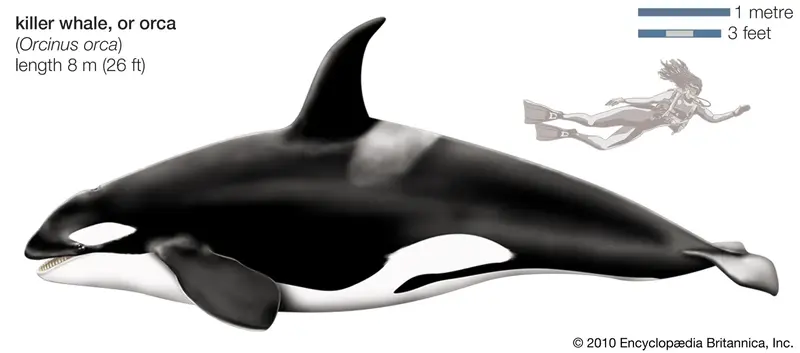
Sea otters are mammals of the genus Otter in the family Mustelidae of the order Carnivora. They are one of the smartest animals in the ocean, and their IQ is equivalent to that of a human child of about 3 years old. In the wild, the high intelligence of sea otters is reflected in their hunting skills. They can flexibly judge the timing of hunting and quickly catch prey. In addition, the intelligence of sea otters that have been artificially trained can be greatly stimulated. They can complete various interactive activities with humans and even learn to pour water for humans.
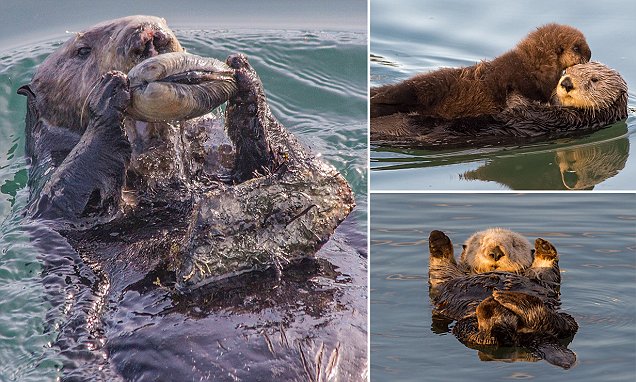
Humpback whales, whose name "hump" comes from the Japanese "hump", which means "pipa", referring to the shape of the whale's back. Humpback whales are famous for their jumping posture, super-long front wings and complex calls. They usually move in pairs, are gentle, and have migratory habits, but they swim slowly. Researchers have also found that humpback whales are very good at singing in the "A-B-A" format commonly used by human singers, that is, they first sing a melody, then further elaborate, and then return to the slightly changed original melody. In addition, they also engage in "artistic exchanges". After the humpback whales from the Indian Ocean migrated to the Pacific Ocean in Australia, within three years, the Australian "indigenous" humpback whales abandoned their traditional repertoire and sang the new songs brought by these outsiders.
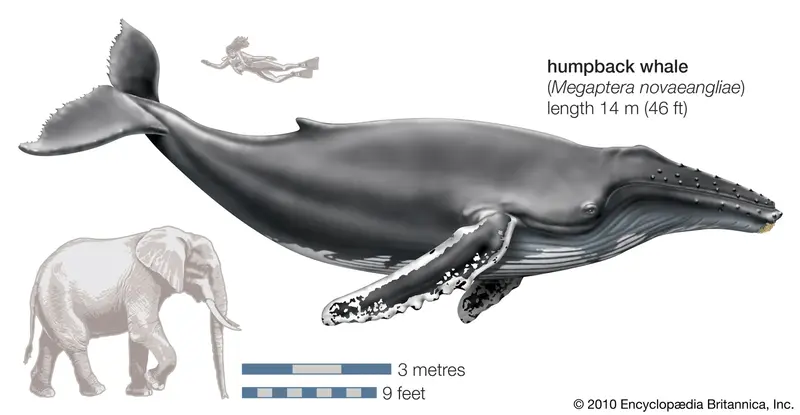
Seals are highly intelligent aquarium/52-marine-animals.html">marine animals. Scientific research shows that their IQ is roughly equivalent to that of human children aged six to seven. Seals have highly developed senses, cognitive abilities, and long-term memory, and are able to solve problems and learn new skills. Seals also have highly developed senses, and their mysterious tentacles have ten times the control ability of land mammals! Especially in the dark, they can even replace vision.
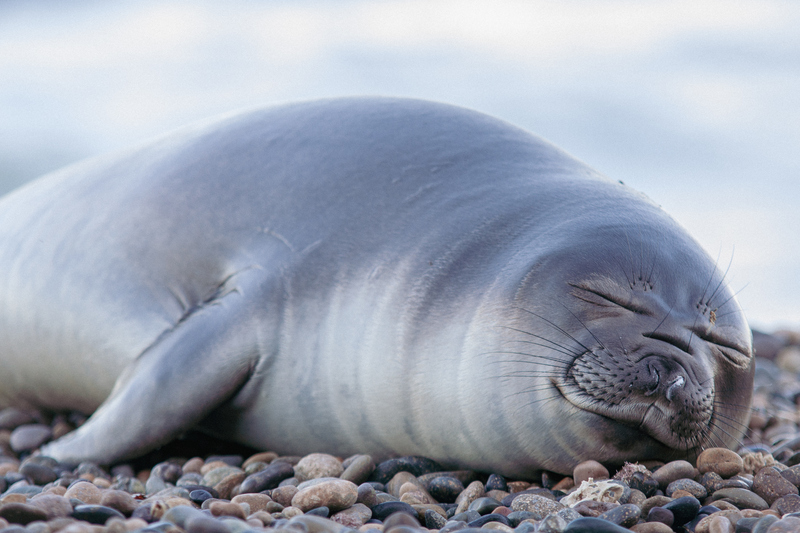

Sea lions are very smart aquarium/52-marine-animals.html">marine animals. Their brain structure has many similarities with humans. Their cerebral cortex and frontal lobe are well developed. They can learn and understand human language and gestures, perform complex tasks, and even do math problems. They are frequent visitors to the aquarium performances. Sea lions also have a special ability, which is to control their vocal cords and imitate different sounds, including human language.
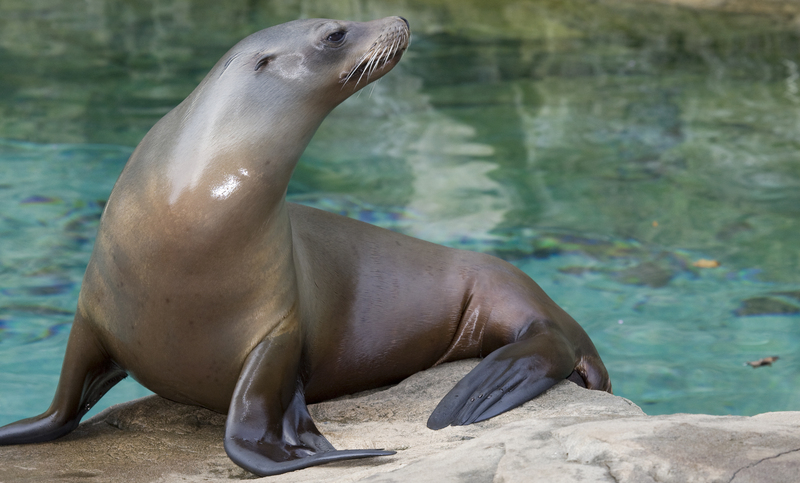
Walrus is a carnivorous mammal of the family Walrus, usually living in waters less than 80 meters deep. As a highly intelligent marine mammal, walrus can not only distinguish human language commands, but also accurately respond with corresponding sounds. They also have a wealth of survival skills, such as taking turns to stand guard, changing body color, basking in the sun in winter, and using their noses to constantly push wet sand on their bodies to absorb water and cool down in summer.

Schuh's Pigtooth Fish, a fish of the genus Schulz's Pigtooth Fish of the family Wrasseniidae. The body is elongated and long oval, with a rounded outline on the back of the head; the upper jaw is short and does not reach the front edge of the eye backwards; there are 4 canine teeth on each of the upper and lower edges. The head is quite large, with a slightly steep dorsal margin, slightly uniformly rounded, and a truncated tail fin. Schulz's Pigtooth Fish, which lives in the Great Barrier Reef off the northeast coast of Australia, is the only wild fish that uses tools. Divers have filmed them repeatedly slamming into the reefs on the seabed with shellfish such as clams in their mouths, using this method to open the shells and get the meat inside.
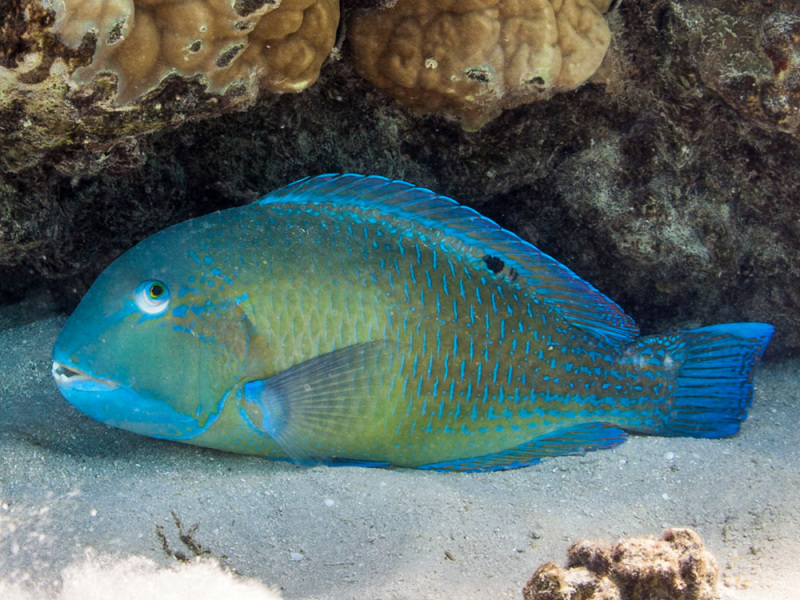
Manta ray, also known as devil fish and carpet ray, belongs to the class of Chondrichthyes, the family of Manta, and it contains two genera, Manta and Manta. The body is diamond-shaped and more than 6 meters wide. Manta ray's habits are also very strange. It has a lively temperament and often plays pranks. Sometimes it deliberately dives to the bottom of a small boat sailing in the sea and knocks on the bottom of the boat with its wings, making a "whoosh, snap" sound, which frightens the people on the boat; sometimes it runs to the side of a small boat anchored in the sea, hangs its meat horns on the anchor chain of the boat, and pulls up the small iron anchor, making people at a loss; or it uses its head fin to hang itself on the anchor chain of the boat, dragging the boat quickly around on the sea, making the fishermen mistakenly think that it is a "devil" causing trouble, but it is actually a prank by the manta ray.
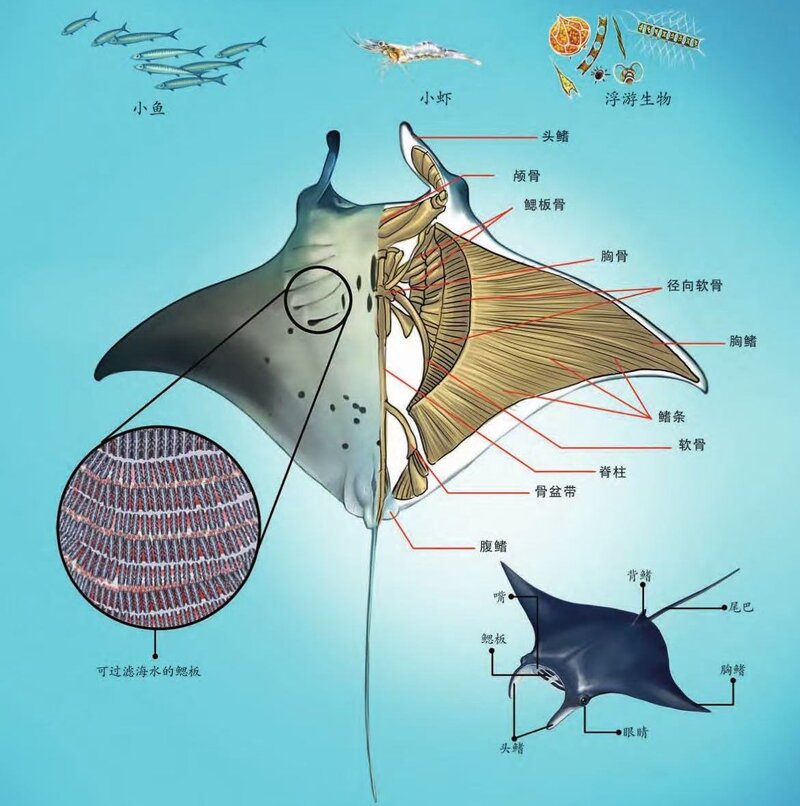
The top ten smartest marine animals are ranked based on the AI big data algorithm's comprehensive judgment scores on factors such as "brain development, behavioral predation ability, network attention index, and top ten network rankings". The update is until July 20, 2025. It is for entertainment reference only and is not unique!
animal tags: marine animals
We created this article in conjunction with AI technology, then made sure it was fact-checked and edited by a Animals Top editor.